Car braking systems are one of the most critical components of any vehicle. car braking directly impact the safety of the driver, passengers, and other road users. Imagine a situation where a vehicle needs to come to an immediate halt at high speed in an emergency—this is where the importance of a high-quality brake system becomes evident.
Even the slightest malfunction in the braking system can lead to severe accidents, resulting in life-threatening injuries and significant financial losses. Therefore, understanding how braking systems work and learning about their types is essential for drivers and mechanics, especially in a bustling and traffic-heavy city like Dubai.
The purpose of Alfaris in presenting this article is to familiarize you with the structure and operation of braking systems, introduce various types of these systems, and provide key tips for maintaining and repairing your car’s braking system. By delving into each of these aspects, we aim to give you a comprehensive understanding of this critical system so you can ensure safer driving and take appropriate measures for proper maintenance and repairs when needed.
- Definition and Function of Car Braking Systems
- Types of Car Braking Systems
- Maintenance and Common Issues in Car Braking Systems
- Summary of car braking systems and their importance
Definition and Function of Car Braking Systems
Car braking systems consist of a set of components and mechanisms designed to reduce the speed or bring the vehicle to a complete stop. This system is made up of several key parts, including the brake pedal, master cylinder, brake fluid lines and hoses, brake calipers, brake pads, and disc brake or drum brake. The braking process begins when the driver presses the brake pedal. This action applies pressure through the brake fluid to the calipers, which then press the brake pads against the discs or drums. The resulting friction reduces the wheel’s rotation, ultimately bringing the vehicle to a halt.
The key components of this system are as follows:
- Brake Caliper: The part that presses the brake pads against the disc.
- Brake Pads: Components that create the necessary friction to stop the wheels.
- Disc Brake: A metal plate connected to the wheel that slows down when pressed by the pads.
- Drum Brake: Used in some cars instead of discs, particularly in older models.
- Brake Fluid: The medium that transfers pressure from the pedal to the brake components.
- Master Cylinder: The part that generates the initial pressure when the brake pedal is pressed.
This seemingly simple yet rapid process ensures the vehicle remains under control during deceleration or stopping, making the proper functioning of each component critically important.
Types of Car Braking Systems
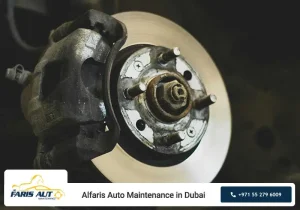
The different types of braking systems can be categorized as follows, and we will explain each of them in detail below.
- Drum Brakes
- Disc Brakes
- Anti-lock Braking System (ABS)
- Electronic and Electric Braking Systems
Car braking systems have evolved over time to meet different needs and advancements in technology. Each type is designed for specific purposes or environmental conditions and comes with its own set of advantages and disadvantages. Below, we’ll take a closer look at the most common types of braking systems.
The different types of car braking systems can be categorized as follows, and we will explain each of them in detail below.
Drum Brakes
Drum brakes are among the oldest types of car braking systems, where the brake pads are housed within a rotating drum. When the brake is applied, the pads press against the inside of the drum, creating the friction needed to stop the vehicle. The advantages of this type of brake include lower production and maintenance costs and effective performance in dusty environments. However, their disadvantages include lower efficiency compared to disc brakes, excessive heat buildup, and poor heat dissipation, which can reduce effectiveness during heavy braking. Drum brakes are commonly used on the rear axles of passenger cars such as the Volkswagen ID.4 and Fiat 500e, as well as some trucks, where less braking force is required.
Disc Brakes
Disc brakes consist of a metal disc connected to the wheel and a caliper that houses the brake pads. When braking, the pads press against the disc, generating the friction needed to stop the vehicle. Disc brakes are more popular than drum brakes due to their better heat dissipation, higher performance, and reduced wear on components. There are two main types of disc brakes: solid discs and ventilated discs. Ventilated discs, with slots or holes on their surface, allow better heat dissipation and maintain efficiency during intense braking. Modern cars, especially luxury vehicles, predominantly use this type of braking system.
Anti-lock Braking System (ABS)
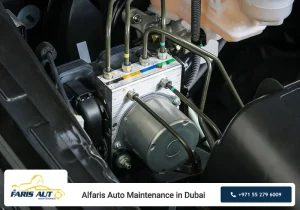
The Anti-lock Braking System car or (ABS) is an advanced technology that prevents the wheels from locking up during sudden or hard braking. Using wheel speed sensors and control circuits, ABS smartly modulates the braking pressure, preventing skidding and maintaining steering control.
Its advantages include reducing the risk of accidents, ensuring better control of the vehicle, and enhancing safety on slippery or uneven roads. ABS is now a standard feature in most new vehicles and plays a critical role in improving road safety in Dubai, where diverse weather conditions and heavy traffic are common. Alfaris offers specialized services for Brake And ABS System Repair in Dubai.
Electronic and Electric Braking Systems
With the advent of modern technology and the rise of hybrid and electric vehicles, braking systems have moved towards electronic and electric systems, commonly referred to as Brake-by-Wire. These systems replace hydraulic force transmission via brake fluid with electronic signals, resulting in faster response times and greater precision in braking control. Additional systems like Electronic Brakeforce Distribution (EBD) optimize the distribution of braking force across the wheels for improved performance. The advantages of these systems include reduced vehicle weight, more precise control, and seamless integration with other safety technologies. These systems are increasingly used by major automakers worldwide.
Maintenance and Common Issues in Car Braking Systems
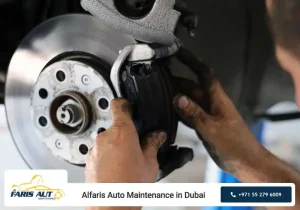
Regular maintenance and periodic inspections of car braking systems are key to ensuring vehicle safety and reducing extensive repair costs. Common signs of brake issues include squealing or grinding noises, sudden loss of braking power, steering wheel vibrations during braking, and an unusually soft brake pedal. These symptoms should not be ignored, as they could indicate problems such as worn brake pads, brake fluid leaks, or warped brake discs.
Timely replacement of brake pads is one of the simplest ways to prevent more serious damage. In Dubai, where stop-and-go traffic is common, this is especially important. Additionally, periodic replacement of brake fluid (typically every one to two years) can prevent corrosion and damage to brake lines and the master cylinder. Brake discs should also be inspected for wear, warping, and thickness to ensure optimal performance when replacing pads.
By adhering to proper maintenance practices and regular inspections, the lifespan of the braking system can be significantly extended, and unnecessary repair costs can be avoided.
Summary of car braking systems and their importance
Car braking systems are the cornerstone of vehicle safety, and driving would be impossible without them. Understanding the different types of braking systems—such as drum brakes, disc brakes, ABS, and electronic brakes—not only enhances your awareness as a driver but also helps in better vehicle selection and maintenance. In today’s world of modern and increasingly complex vehicles, utilizing cutting-edge braking technologies alongside consistent maintenance is the key to ensuring safety and improving vehicle performance.
If you want to maximize the lifespan and safety of your car’s braking system, make sure to conduct regular inspections, replace worn brake pads on time, check brake fluid levels, and prevent excessive wear on discs and drums. These preventative measures protect not only your vehicle but also your life and the lives of pedestrians. Alfaris, a specialist auto repair shop in Dubai, offers a wide range of services for car repairs, especially braking systems.
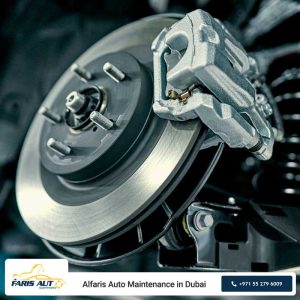
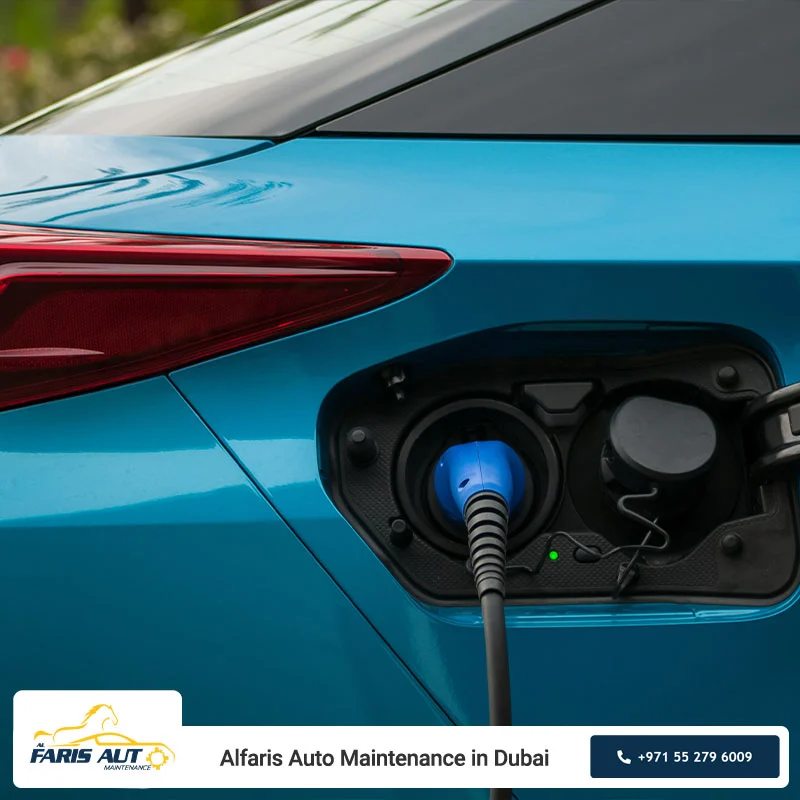
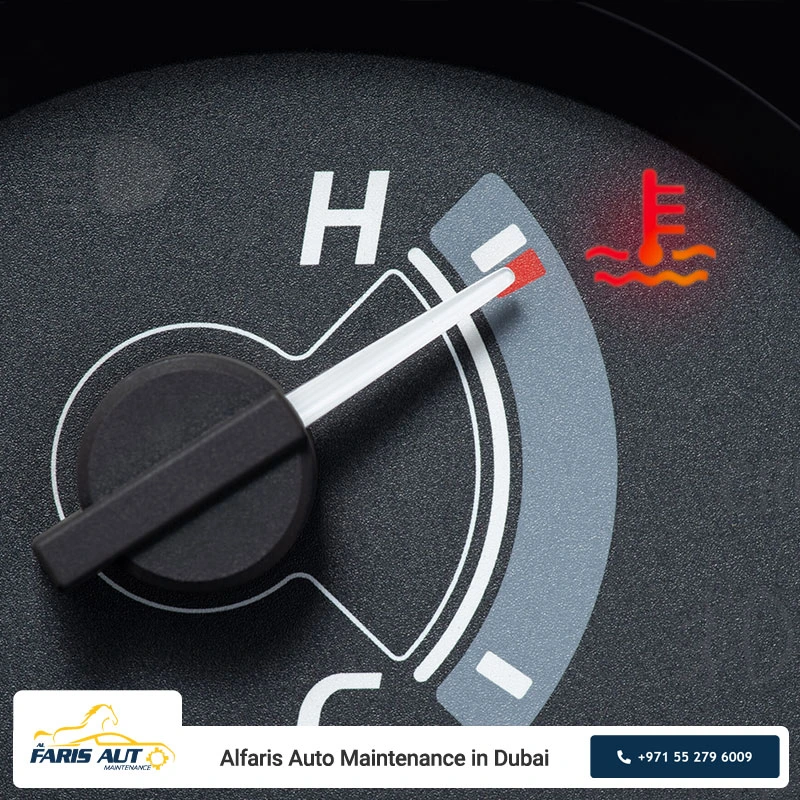
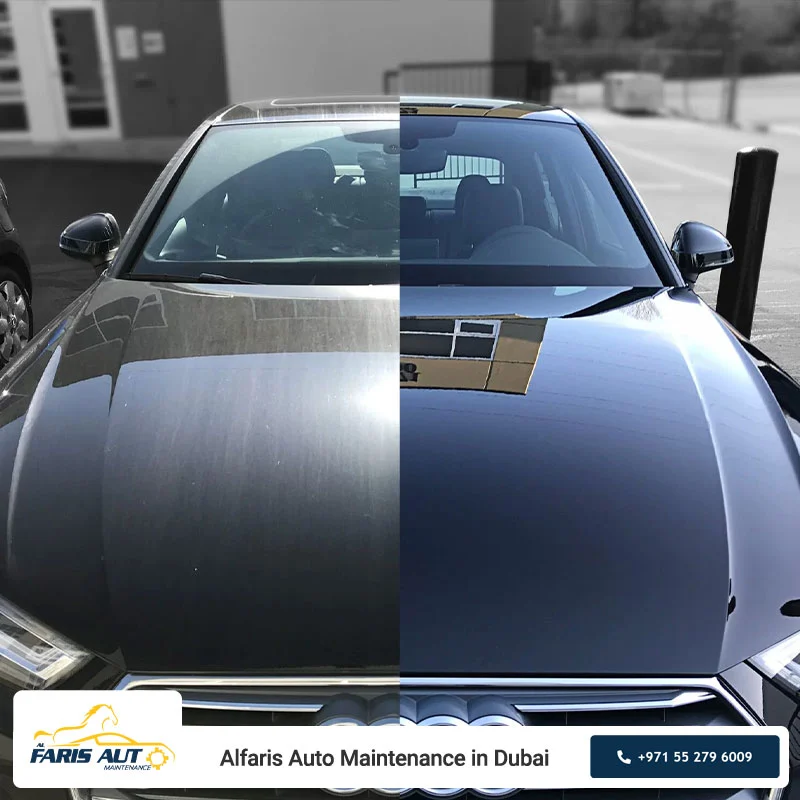

2 Comments. Leave new
i have a toyota chr and havin problems with brake system
Hi dear friend,
just call us or come over here, we can fix it.